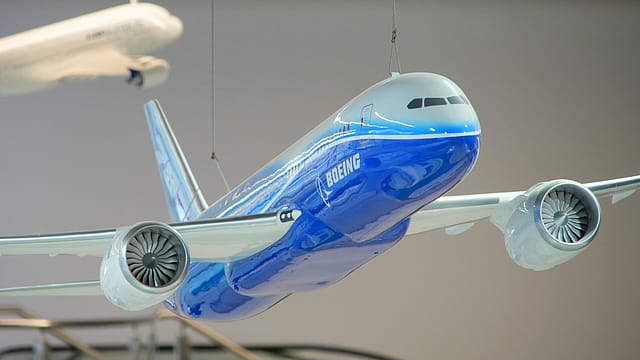How war, Covid affected air-freight industry
ADVERTISEMENT

Traditionally, air cargo largely comprised of items like electronics and pharmacy which were expensive and high-priority. The advent of e-commerce contributed to a wider range of goods being shipped by air – items like home goods, furniture, clothing, food and beverages also found a place on the list. Now it’s possible to ship or receive an order that you placed across the seven seas in 72 hours, or less, owing to advancements in technology and government initiatives transforming the landscape.
During Covid global air freight reached an all-time high. But new data from International Air Transport Association (IATA) reveals that 2022 full-year demand for air cargo took a significant step back from 2021 levels though it was close to 2019 performance. Inching closer to pre-pandemic levels, the global air freight market is experiencing a period of notable changes.
“The industry is seeing declining prices, reduced volumes, and an increase in capacity,” shares Saahil Goel, CEO and co-founder, Shiprocket.
January 2026
Netflix, which has been in India for a decade, has successfully struck a balance between high-class premium content and pricing that attracts a range of customers. Find out how the U.S. streaming giant evolved in India, plus an exclusive interview with CEO Ted Sarandos. Also read about the Best Investments for 2026, and how rising growth and easing inflation will come in handy for finance minister Nirmala Sitharaman as she prepares Budget 2026.
Despite air cargo showing signs of recovering in February 2023 and rising above pre-pandemic levels, IATA reported that in May it showed weakness. Global demand, measured in cargo tonne-kilometers (CTKs), fell 5.2% compared to May 2022, with international operations experiencing an even greater decline of 6.0%.
Due to macroeconomic challenges and supply chain constraints, global goods trade saw a decrease of 0.8% in April. However, the second half of the year is likely to bring some improvements.
“As inflation moderates in many markets, it is widely expected that central bank rate hikes will taper. This should help stimulate economic activity with a positive impact on demand for air cargo,” says Willie Walsh, IATA’s director general.
Keeping weight and volume as determining factors, international air freight can cost anywhere between $0.50-$5.00 per kilogram, or more which shows only a slight decrease from pre-pandemic levels. “Interestingly, the power balance in the air freight market has shifted from supply to demand due to clear overcapacity. This represents a reversal from the challenges posed by the COVID-19 pandemic,” observes Goel.
Despite the challenges faced by the aviation industry, the positive growth trend in air freight indicates a promising outlook for the future.
“As the industry continues to adapt and recover, we remain optimistic about the path towards a robust and resilient global air cargo market,” adds the CEO.
Furthermore, the conflict between Russia and Ukraine also caused severe disruptions for the air freight and shipping industry. It triggered an oil war which led to a decrease in demand for air freight services, a decrease in capacity, an increase in air freight rates, and a reduction in the quality of air freight services.
To address these challenges and remain resilient, the industry has adopted proactive strategies. “We have diversified our shipping routes, explored alternative options to manage freight costs, and closely monitored geopolitical developments to stay ahead of any potential risks. By utilising technology and data-driven solutions, we have enhanced visibility and efficiency in our supply chain operations,” explains Goel.
